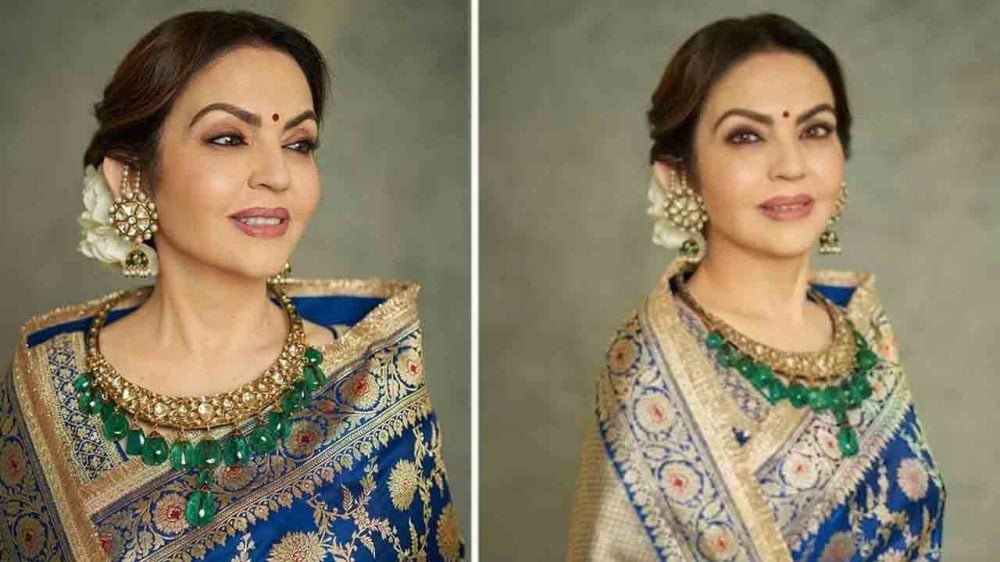
Anant Ambani, son of the country's leading industrialist Mukesh and Nita Ambani, will wear a yellow mulberry silk saree in the Haldi ceremony on July 12. During his Kashi visit, he liked 70 sarees and booked their order. Out of which 10 sarees are from Ramnagar. On the Kashi tour too, Nita wore a red Banarasi saree with golden work. As soon as Nita Ambani liked the sarees, she booked 70 sarees. Know what is the specialty of the saree.
I really liked the Ramnagar saree
During his visit to Kashi, he fell in love with sarees. After this, he called many businessmen and artisans of Banaras at Hotel Taj and saw more than 200 sarees. This also included choosing a yellow mulberry saree made at Adarsh Sail Weavers Cooperative Society in Ramnagar to wear for his son's haldi ceremony.
Asked to reach Mumbai by 30 June
Nita Ambani gave necessary instructions to the committee's director Vibhas Maurya regarding the border and design of the saree. She asked him to deliver it to Mumbai by June 30. Vibhas told that various weavers' committees displayed the sarees. Out of which he booked a total of 70 sarees from Banaras. His committee received an order for 10 sarees of different patterns, out of which she took three ready sarees with her, while seven sarees will be sent to her Mumbai residence by June 30.
The price of the sarees ranges from Rs 60 thousand to Rs 1.50 lakh
According to the information, the selected sarees include mulberry sarees with colour charts, sarees prepared with gold and silver threads. The price of the sarees ranges from Rs 60 thousand to Rs 1.50 lakh. The price of the saree to be worn in the Haldi ceremony will be known only after it is ready.
How did Banarasi saree get its name?
Banarasi sarees are made in Banaras, Jaunpur, Chandauli, Azamgarh, Mirzapur and Sant Ravidas Nagar districts of Uttar Pradesh. The raw material for making these sarees comes from Banaras. A large number of weavers make these sarees in Banaras. Zari and silk for sarees reach the surrounding areas from here. That is why these sarees are named Banarasi saree.
History of Banarasi Saree
This textile art of Banarasi saree was woven by artisans of Iran, Iraq, Bukhara Sharif during the Mughal period. The Mughals used this art on patka, sherwani, turban, pagri, dupatta, chadar and masand, but in India there was a trend of wearing saree, so gradually the handloom artisans introduced these designs in sarees. Silk and jute are used in it.
 look news india
look news india